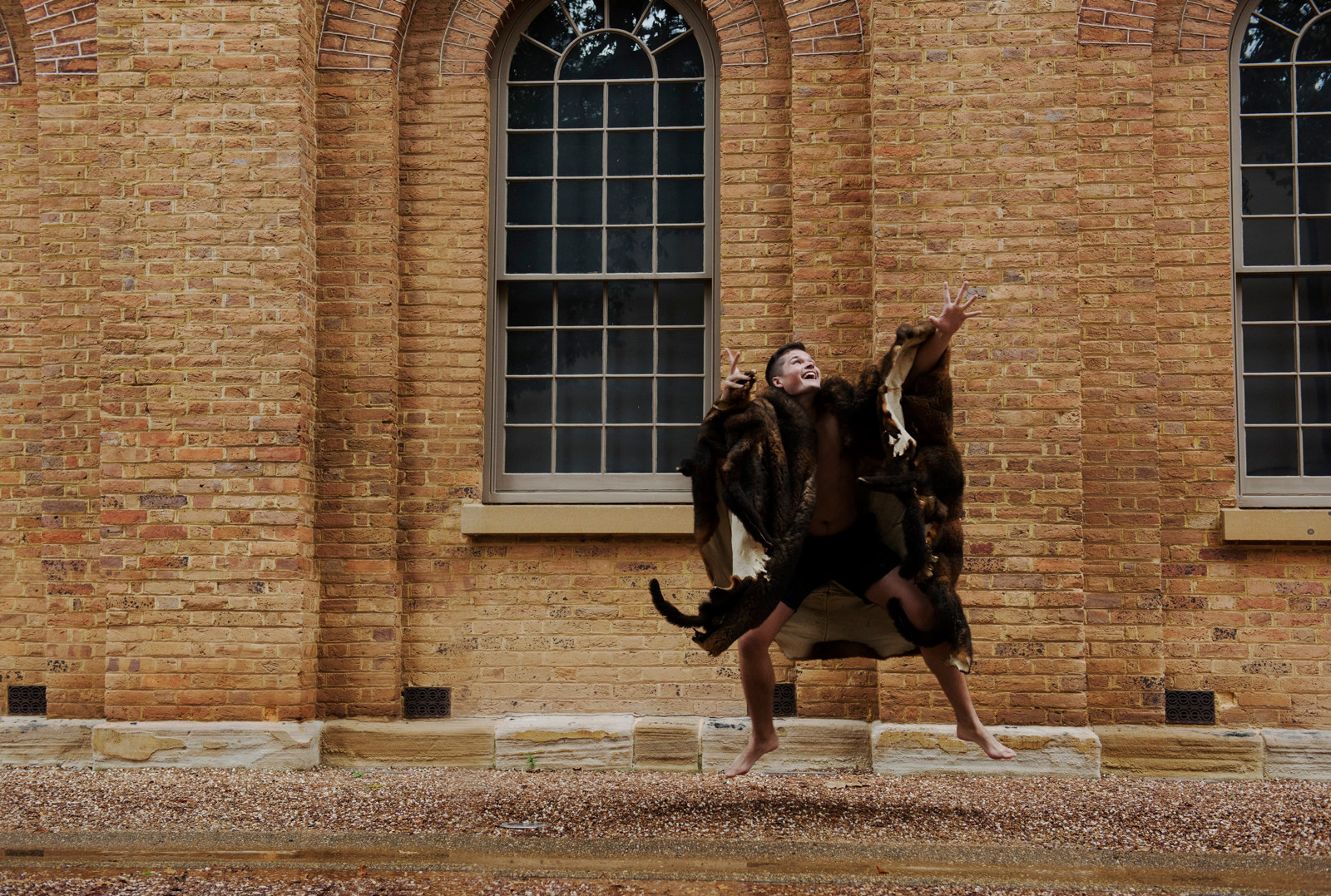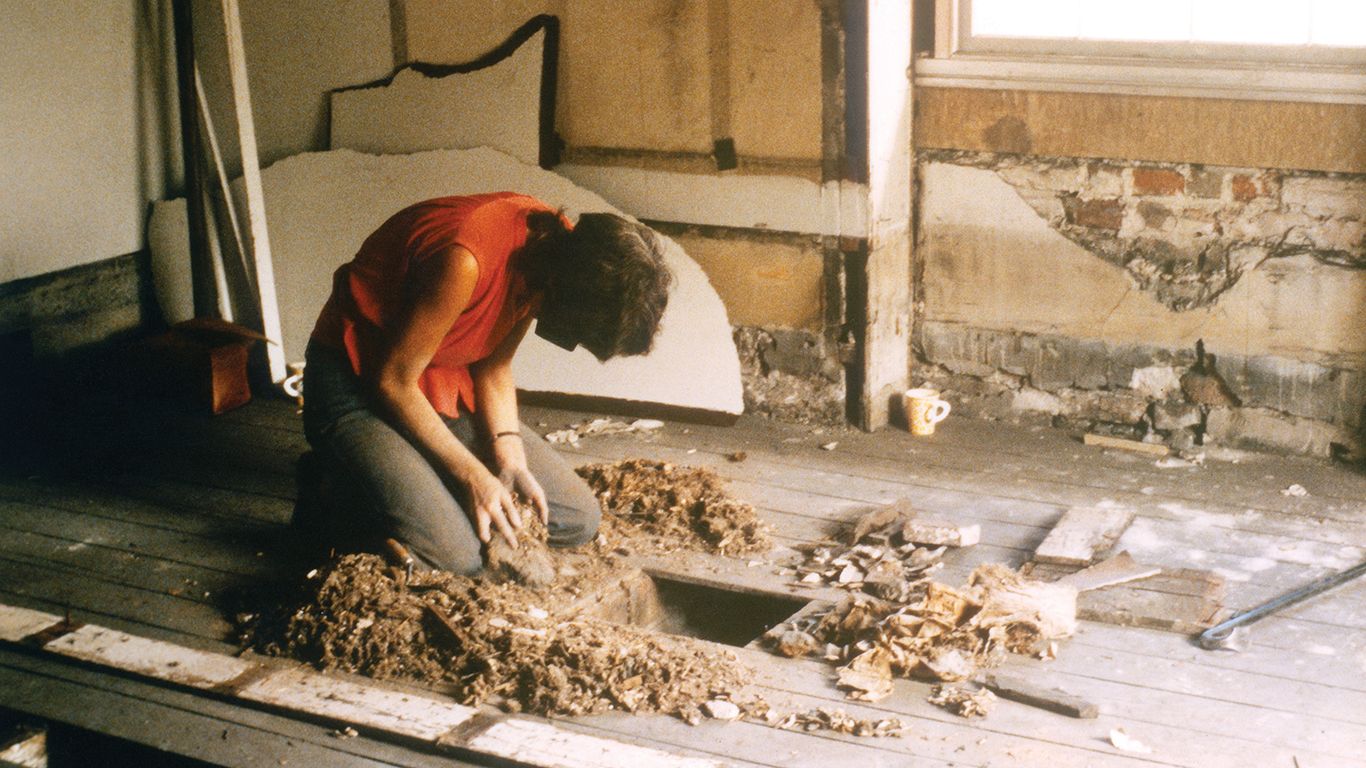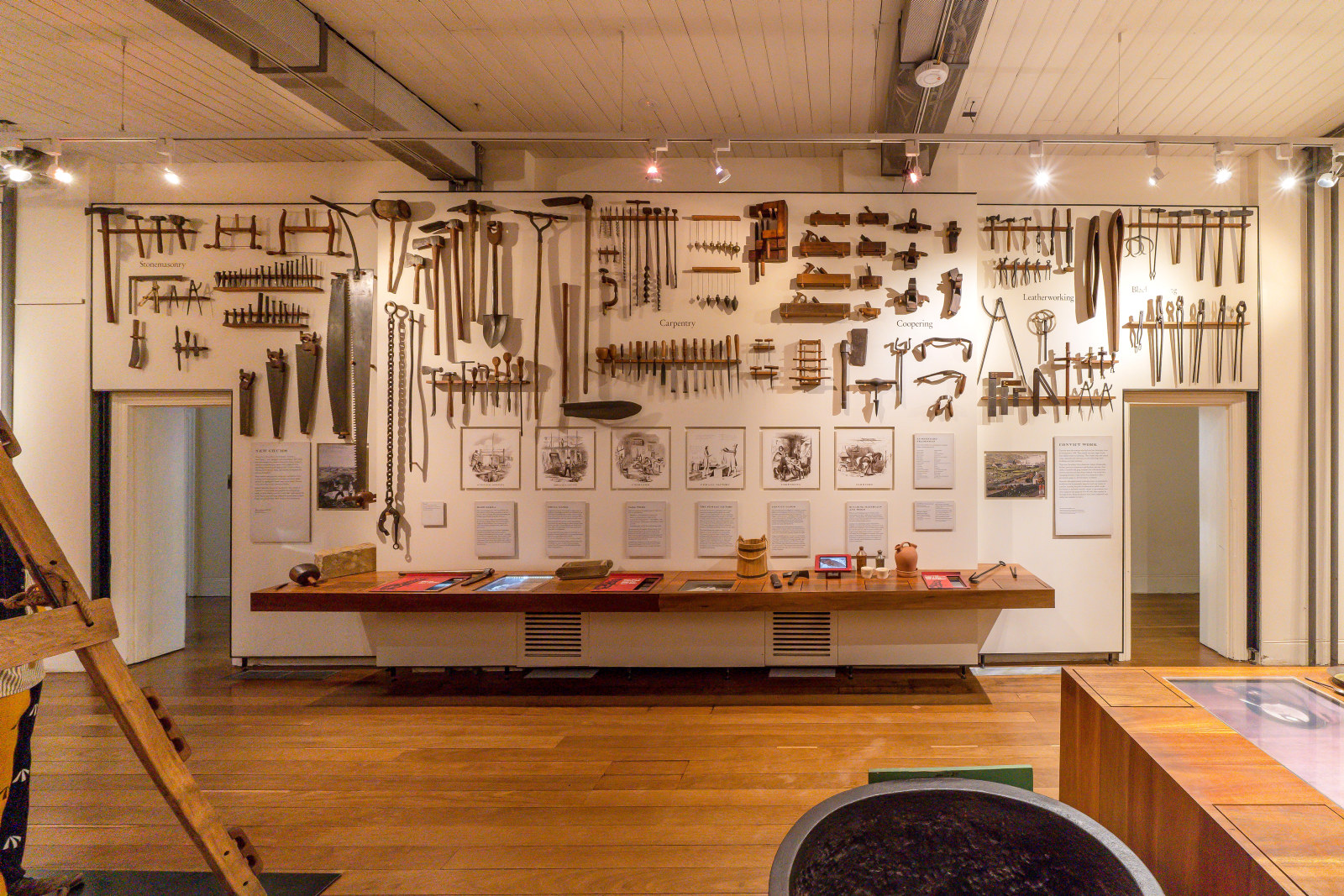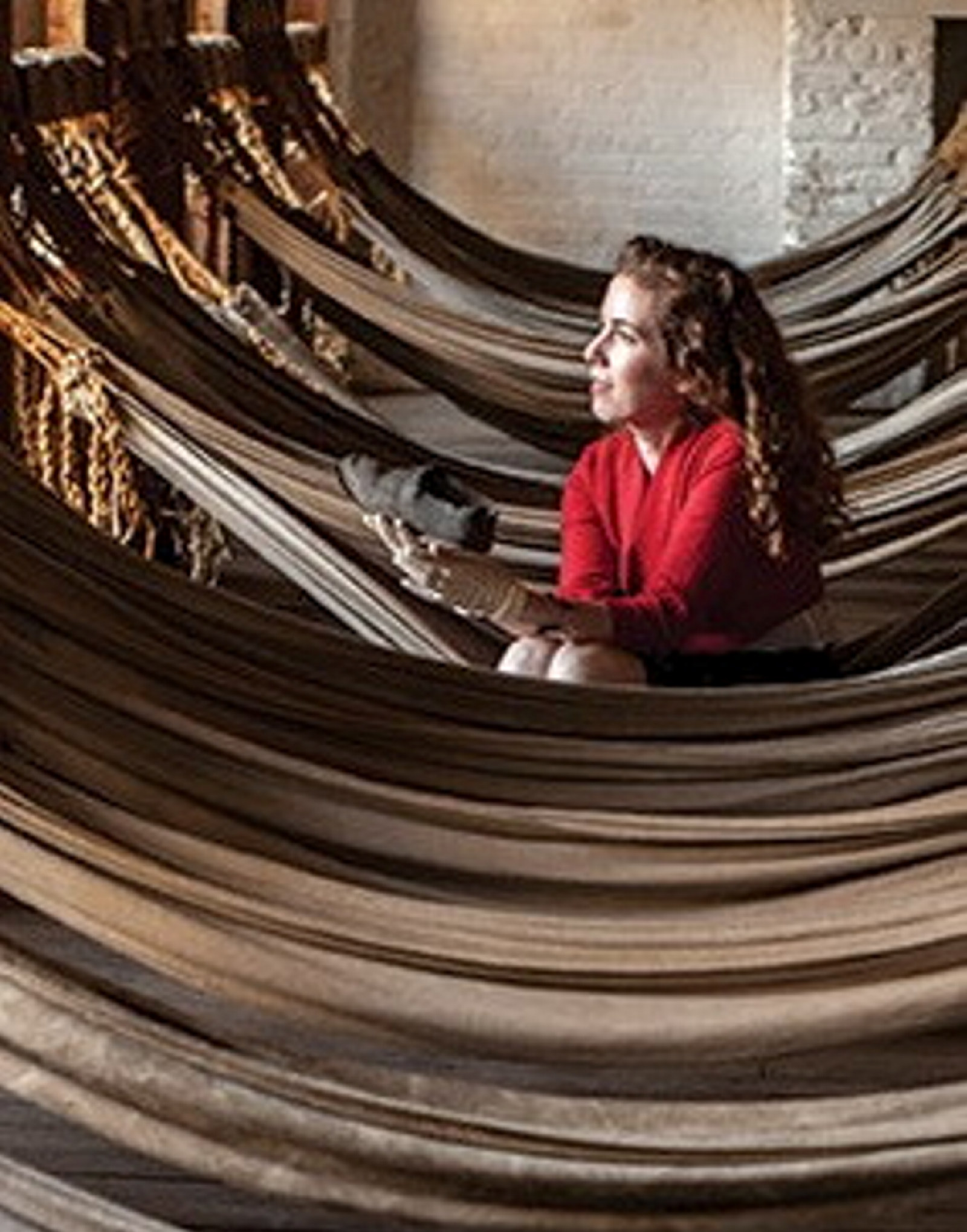Dig a little deeper
Fruit seeds, fragile fragments and family history – archaeologist and curator Dr Fiona Starr shares her discoveries.
I’ve been interested in archaeology since I was young. My grandmother had several shelves of National Geographic magazines that she had been collecting since the 1940s, and I’d often flip through them to find the archaeology articles about World Heritage sites such as Pompeii.
I now work as the curator of the World Heritage listed Hyde Park Barracks Museum and The Mint, where no two days are the same. I’m usually working on at least one special project – at the moment it’s the experiential exhibition about the female Immigration Depot, which was housed at the barracks between 1848 and 1886. We estimate that at least 40,000 young women, newly arrived off the ships, passed through the depot.
We’re inviting visitors to discover some of the fascinating stories of the depot – they can lift the lids of trunks filled with artefacts, read the personal profiles of the women and experience what it feels like to nap on an iron dormitory bed. The exhibition is for all our visitors to enjoy, but we also want to connect with the descendants of the women who once stayed at the barracks – we know they’re out there.
Thousands of fragments
During excavations of Hyde Park Barracks’ underfloor cavities in 1979–81, archaeologists uncovered over 100,000 artefacts, many of which were left behind by the women of the Immigration Depot. These included incredibly personal items such as clothes, keepsakes, thimbles, jewellery, medicine bottles, toothbrushes and even soap. You find yourself wondering which of these were hidden and which just fell through the floorboards. Curiously, rats and mice saved many of the artefacts, pulling them under the boards for their nests – the barracks was infested with rodents throughout most of its history.
A lot of the artefacts are obviously fragmented and dirty, so it’s important to look at where they were found and what they were found with. That’s what gives them meaning and reveals the personal stories that lie beneath.
Rewriting history
For me, the fascination of historical archaeology is seeing how the artefacts correspond with documentation we have about the era. Official ration records say the depot women were given beef, vegetables and bread, but there were also plenty of fruit seeds found in the underfloor spaces. Records are unclear on the location of the depot’s dining hall, but there was a high concentration of fruit seeds, tableware and animal bones found under the southern room on level 2 of the building, so it’s likely the women ate there at some time.
Family threads
Our properties are such rich sources of stories that it can be hard to know what to explore next. If I had the chance to meet someone from the history of our places, it would be Governor Lachlan Macquarie, whose plan to civilise Sydney resulted in the construction of Hyde Park Barracks and the Rum Hospital (The Mint). More personally though, it would be my great-great-great-grandfather James Gough.
He was a convict builder who was overseer of carpenters at the lumberyard and worked on the re-roofing of the Supreme Courthouse and extensions to Old Government House, Parramatta. He was sent to Cockatoo Island in 1841 – suspected of stealing a cow – but was let off and transferred to Hyde Park Barracks. He received his absolute pardon on 8 March 1842.
Published on
Related
Browse all![Government Printing Office; NRS 4481, Glass negatives. NRS-4481-4-44-[AF00194836] Immigration Barracks Sydney, August 1871 [Department of Public Works]](https://images.mhnsw.au/fotoweb/embed/2024/03/b437216ff79d433da2d3b92c8bb24e51.jpg)
Conservation
Conservation in action: Hyde Park Barracks northern range refurbishment works
In collaboration with experienced heritage consultants and traditional tradespeople, MHNSW is undertaking conservation works to the northern range buildings

Cutter and Coota: a children’s play by Bruce Pascoe
Meet author and historian Bruce Pascoe and the main characters from his play Cutter and Coota as they reflect on the play’s themes and the experience of performing at the Hyde Park Barracks

Hyde Park Barracks: a keeper of lost things
Uncover and explore some of the items found inside the barracks

Convict Sydney
Objects
These convict-era objects and archaeological artefacts found at Hyde Park Barracks and The Mint (Rum Hospital) are among the rarest and most personal artefacts to have survived from Australia’s early convict period
